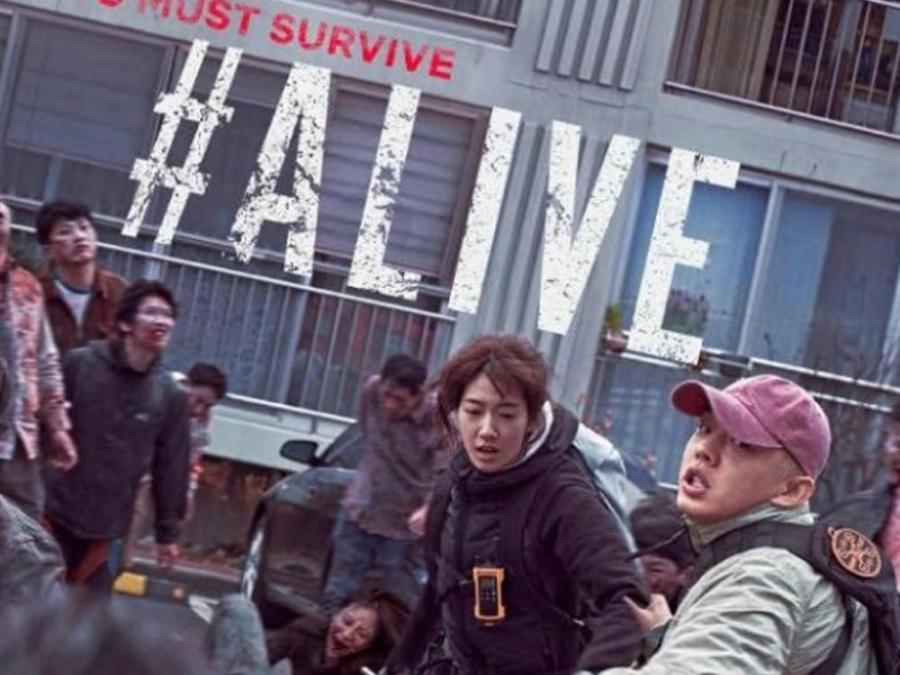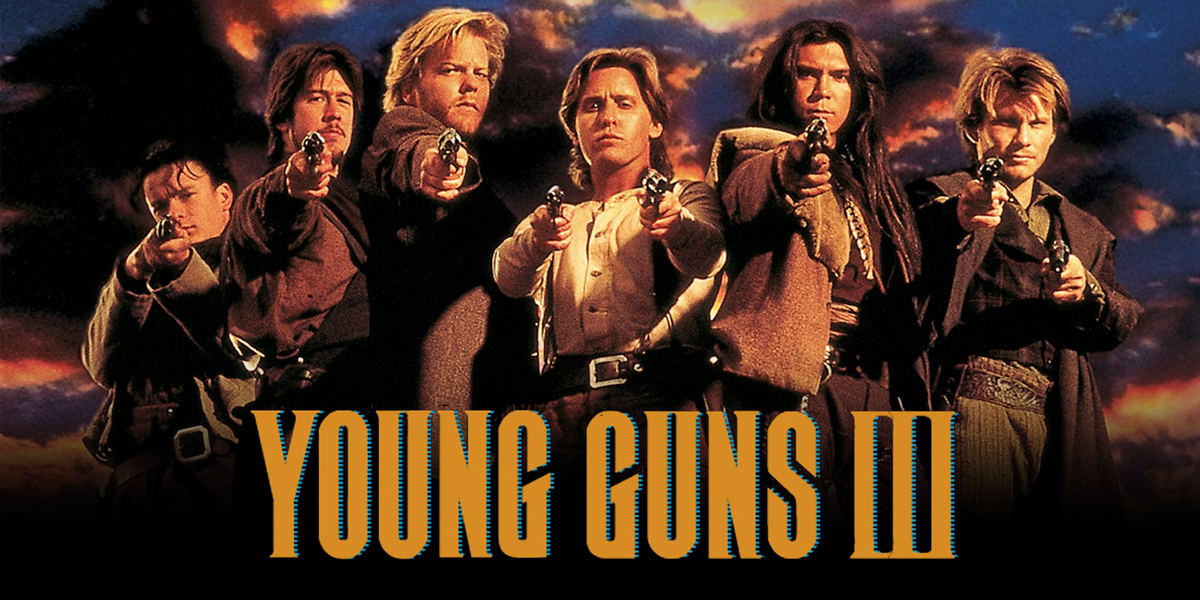Conan the Barbarian (2011) – A Fictional Chronicle of Blood and Steel
In a world where gods sleep beneath mountains and monsters walk in shadow, a boy was born amidst blood and fire. His name was Conan, son of Corin, chieftain of the Cimmerians—a fierce tribe hardened by cold winds and constant war. The 2011 retelling of Conan the Barbarian is not merely a tale of vengeance—it is a saga of survival, identity, and the undying fire of freedom.

From the moment of his birth, Conan was destined for battle. He did not cry as an infant during a raid—he roared. His mother died on the battlefield giving him life, and his father forged his first blade before he could walk. The Cimmerians believed strength was the only law. Weakness was death. And Conan was strength incarnate.
But peace, however harsh, never lasts in Hyboria.
One night, the Cimmerian village was razed by the warlord Khalar Zym, a man obsessed with uniting the fragments of the mythical Mask of Acheron, said to grant godlike power to the one who completes it. Zym believed he would become immortal—and Conan’s tribe stood in his path. The massacre was brutal. Corin died trying to protect the last piece of the mask. Conan, only a boy, watched his father burn, chained and powerless.
He survived—but vengeance became his only creed.

Years later, Conan is no longer a boy. He is a warrior, a thief, a pirate, and a legend whispered in fear across kingdoms. But his heart remains marked by the flames of that night. Word spreads that Khalar Zym has returned—now a dark sorcerer, aided by his witch-daughter Marique, weaving death and illusion in his quest for eternal life. The mask is nearly whole.
When Conan rescues a mysterious monk named Tamara, pursued by Zym’s soldiers, fate begins to stir. She is the final piece Zym needs—her bloodline the key to awakening the mask’s full power. Reluctantly, Conan agrees to protect her—not for coin, not for honor, but because he knows that through her, he will find Zym—and fulfill his blood oath.
Their journey leads through corrupted temples, serpent-infested catacombs, and the desolate ruins of Acheron itself. Along the way, Conan confronts more than monsters—he must battle his own rage. His strength is unmatched, but his fury blinds him. Tamara becomes his mirror—showing him that vengeance alone does not make a man, and that honor must be earned, not inherited.
The final battle takes place atop the shattered spires of Skull Cave, where the mask is activated by Marique in a ritual soaked with blood and black magic. Zym becomes something beyond human, wreathed in dark flame, his flesh carved with ancient runes. Conan, beaten and broken, rises not as a warrior—but as a son, a protector, and a symbol of Cimmerian will.
With a cry that shakes the gods, Conan drives his father’s broken sword through the mask—and through Zym’s heart. The power shatters, the dark spirits scream, and the mountain crumbles around them. Tamara survives. Marique does not. And Conan, once again, walks alone.
The film closes with Conan returning to the ashes of his homeland. He places Corin’s sword in the earth, not as a grave marker—but as a promise. The Cimmerians will rise again. Not through magic or conquest—but through blood, fire, and the unbreakable heart of a barbarian.
Conan the Barbarian (2011) is a brutal, mythic journey through grief, wrath, and redemption—a savage poem written in steel, where the gods may be silent, but the sword speaks louder than fate.

